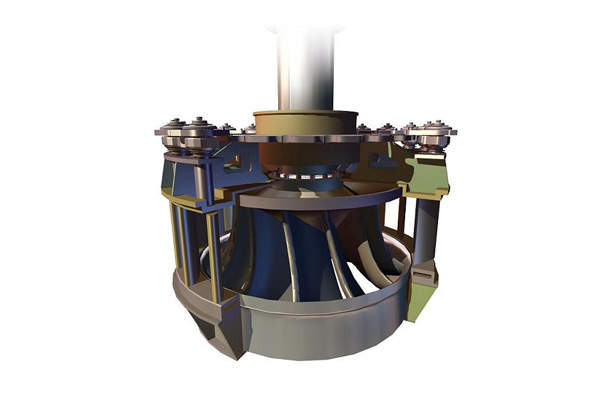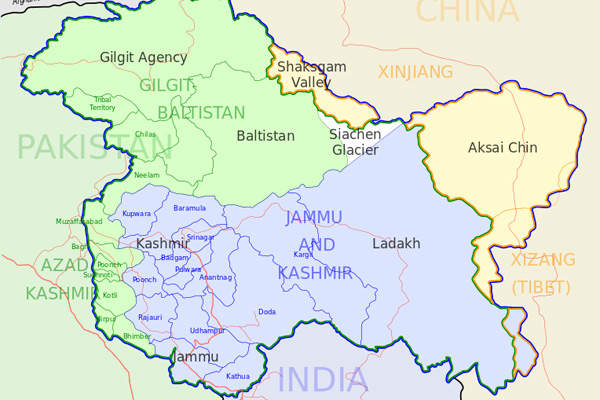Ratle is an 850MW run-of-river hydroelectric power project being built on the Chenab River in the Kishtwar District of Jammu and Kashmir (J&K), India.
The project is being developed by Ratle Hydroelectric Power Corporation (RHPCL), which was formed as a joint venture (JV) between Jammu & Kashmir State Power Development Corporation (JKSPDC) and India’s state-owned National Hydroelectric Power Corporation (NHPC) in June 2021. NHPC and JKSPDC hold 51% and 49% equity ownership in RHPCL, respectively.
Although preliminary construction works started in June 2013, the project was stalled due to a disagreement between the Government of J&K and GVK, the previous project contractor.
The Public Investment Board (PIB) of the Ministry of Finance, Government of India, recommended an investment approval of $690m (Rs52.82bn) for the project in September 2020.
RHPCL awarded the engineering, procurement and construction (EPC) contract for the project in January 2022. The project’s foundation stone was laid in April of the same year.
Scheduled to commence operations in 2026, the 850MW facility is expected to generate up to 3,136 million units of electricity a year.
Location and site details
The Ratle hydroelectric project is situated upstream of the 450MW Baghlihar project and downstream of the 390MW Dulhasti project, in the Kishtwar district of J&K.
The project site lies 140km away from the Udhampur railway station and 210km from the airport in Jammu.
Ratle hydroelectric power project construction
Construction work at the 850MW project will include a concrete dam, reservoir, powerhouse, two circular diversion tunnels, spillways and access roads.
The construction of the first diversion tunnel was completed in June 2022.
Ratle plant design and specifications
The project includes the construction of a 195m-long, 133m-high concrete gravity dam, with a sluice-type spillway that will have the capacity to pass a maximum flood of 11,590m³ per second.
A diversion dam, with a submergence area of one million metres squared at full reservoir level (FRL), will be built within the river gorge area. Flood water will be diverted by two 11m-diameter diversion tunnels, which will be built along the right bank of the river.
The intake structures will be located approximately 40m upstream of the dam axis and will be connected to the powerhouse by four steel-lined pressure shaft tunnels with a diameter of 6.6m.
Four underground tail race tunnels (TRTs) will be built to release the water back into the river.
The underground powerhouse, which will be located on the right bank of the river, will consist of four 205MW Francis turbine-generating units and a 30MW auxiliary powerhouse.
Transmission and sale of power
The 11kV power generated at the plant will be increased to 400kV by unit step-transformers. This will then be transmitted to Powergrid’s 400kV Kishenpur substation using two 400kV transmission lines. One line will be interconnected with the existing Kishtwar substation, while the other is expected to be connected to the proposed Shamnot hydroelectric project.
The J&K Power Development Department (PDD) signed a power purchase agreement (PPA) in June 2010 to buy 55% of the power generated by the plant. A further 16% of the power will be received by the state for free.
All remaining power will be sold as merchant power.
Contractors involved
Megha Engineering and Infrastructure was awarded a turnkey EPC contract for the Ratle hydropower project in January 2022.
Bharat Heavy Electricals (BHEL) is responsible for the project’s electromechanical works.






